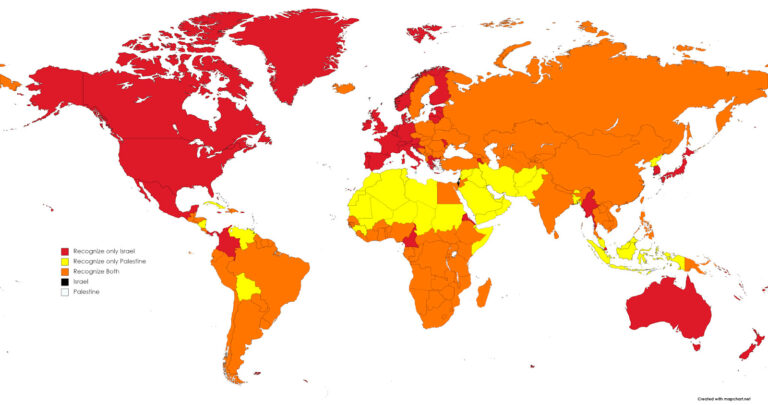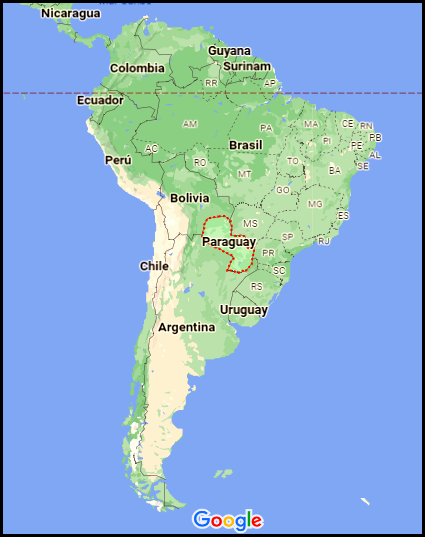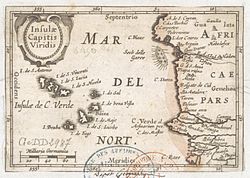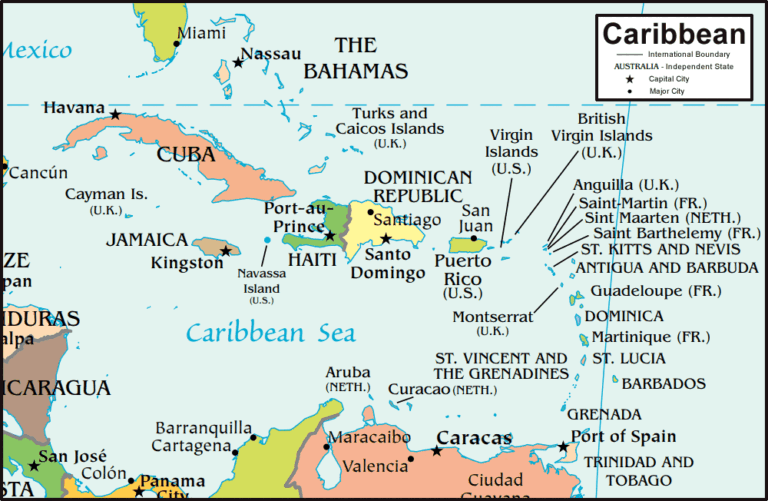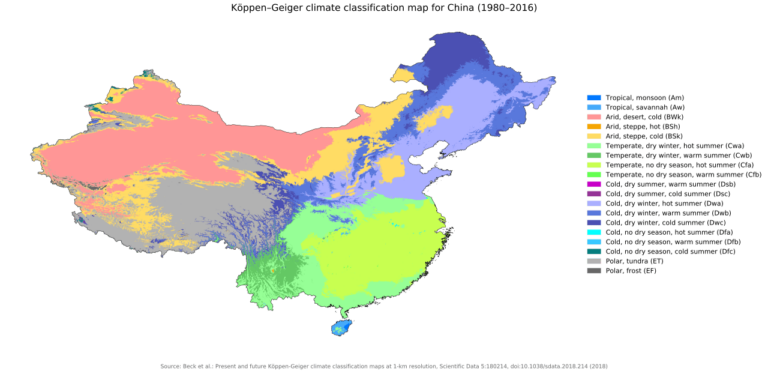United Arab Emirates Neighbouring Countries and Middle Eastern Map
Neighboring Countries of United Arab Emirates
Digging into the neighbors around the United Arab Emirates (UAE) gives a peek into its geographic and political vibe. Positioned on the east side of the Arabian Peninsula, the UAE is like that social butterfly who manages to stay friends with three neighbors: Saudi Arabia, Oman, and Qatar.
Borders and Lengths
The UAE’s boundaries with these countries come in different lengths, with Saudi Arabia hogging the longest one.
| Country | Border Length (miles) |
|---|---|
| Saudi Arabia | 329 |
| Oman | 254 |
| Qatar | 19 |
Saudi Arabia tops the chart with a 329-mile border, Oman follows with 254 miles, and Qatar lags behind with just a 19-mile stretch.
Border Disputes
Here’s a twist: the UAE and Saudi Arabia ain’t seeing eye to eye over a spot brimming with oil since way back in the early 1900s. Lately, maps have been showing that area as UAE turf, but it’s still a thorny issue between the two, causing some diplomatic eyebrow-raising. Curious about other regional tiffs? There’s a whole story on the border matters of Qatar.
Exclaves and Border Security
Now for a fun fact: Oman shows off its exclusive piece of land inside UAE, called Madha. And wait for it—inside Madha is another exclave named Nahwa belonging to the UAE. This twisty land plot makes border rules and security a bit of a head-scratcher (World Atlas). To put the brakes on sneaky cross-border shenanigans, both the UAE and Oman have put up sturdy fences and beefed up security.
Want to delve even deeper into such fascinating territorial quirks? Check out our piece on San Marino’s neighboring countries.
Territorial Disputes
Island Dispute with Iran
The United Arab Emirates (UAE) and Iran have been at odds over two key islands in the Persian Gulf: Tunb el-Sughra and Tunb en-Kubra. These islands became a bone of contention during the days of the British Empire’s influence. Despite Britain’s allocation to Iran, the UAE still lays claim to these islands.
This disagreement is about more than land—it’s tied to who controls vital shipping routes and stability in the region. The islands sit in the middle of busy marine traffic, adding another layer to their significance.
| Disputed Islands | Claimants | Strategic Importance |
|---|---|---|
| Tunb el-Sughra | UAE, Iran | Prime shipping lanes in Persian Gulf |
| Tunb en-Kubra | UAE, Iran | Prime shipping lanes in Persian Gulf |
Even with these disputes, the UAE and Iran share a surprisingly intertwined relationship, especially in business. The UAE recently became Iran’s top source of imports, surpassing even China, pointing to a strong economic connection. Dubai, in particular, hosts many Iranians, deepening this trade bond further.
Iran benefits from increased ties with the UAE, countering the isolation efforts led by the U.S. and Israel. This warmer relationship could help Iran manage the challenges of international negotiations and sanctions, paving the way for more economic collaboration.
Abu Dhabi’s style is about talking, not fighting, preferring to mend fences with Tehran. The UAE plans to send an ambassador back to Iran, a big deal since they downgraded relations back in 2016. Talks have been ongoing since 2019 about how to restore ambassadorial links.
The UAE is playing it smart, balancing itself to deal with Iranian unpredictability. They’re working not just to soften Iran’s stance but also to keep any regional conflict at bay, securing peace and cooperation in the process.
Check out more on UAE’s neighboring countries, or for regional comparisons, our detailed pieces on Saudi Arabia neighboring countries.
International Relations
Bilateral Trade with the US
The UAE and United States are pretty cozy on the economic front, raking in over $40 billion every year through trade. The U.S. contributes a hefty $26 billion worth of exports to this figure. This isn’t just pocket change—it’s a testament to their tight-knit economic ties, bonding over high-tech gadgets and clean energy (White House).
| Trade Stuff | Value (USD) |
|---|---|
| Annual Bilateral Trade | $40 billion |
| U.S. Exports to UAE | $26 billion |
The UAE’s got the geographical golden ticket, sitting right next to major shipping lanes, making logistics a breeze. It’s like living next to the best supermarket in town—you get everything faster and at a better price. That’s a major boost for its economy and makes trade relations smoother than a summer breeze.
Strategic Partnerships
The UAE isn’t just about making money—it’s also a key buddy for peace and stability in the Middle East and beyond. Its relationship spans across things like clean energy kick-offs and tech geek stuff. They’re elbowing deep into projects that make trade easier and the planet greener (White House).
Lately, the UAE’s been playing the field with its foreign policy—less drama, more peace. After some eyebrow-raising moments with U.S. responses, they’ve pivoted to a more chill and flexible approach (Foreign Policy Research Institute). This switch keeps their strategy sharp, ensuring peace and cooperation are still front and center globally.
If you’re the curious sort about who’s living next door to other countries, you might wanna peek at san marino neighbouring countries, sao tome and principe neighbouring countries, and senegal neighbouring countries.
The UAE isn’t just sitting pretty; it’s making waves regionally and globally. With a keen eye on tech and green stuff, it’s staying ahead of the curve, all while keeping firm bonds with the world.
Economic Influence
The United Arab Emirates (UAE) punches above its weight not just in the Middle East, but it’s got a global impact too. Right in the thick of it is DP World, one of the top dogs in ports and logistics on the planet. The UAE’s economic maneuvers aren’t just about money; they have a way of shaking up political norms, too.
DP World Expansion
Let’s talk about DP World—a heavyweight in the global shipping and logistics arena. This company has grown by leaps and bounds, expanding its reach far beyond the sands of the UAE. It’s like DP World is on a mission to set down roots in every strategic port from Djibouti to the Berbera Port in Somaliland, stamping their mark on critical trade routes.
Here’s the deal: DP World’s expansion isn’t just about hauling cargo. These ports play a crucial role in global trade, linking key spots like the Suez Canal and the Red Sea. Here’s a snapshot:
| Port Locations | Strategic Importance |
|---|---|
| Djibouti | Gateway to the Suez Canal |
| Berbera Port, Somaliland | Access to the Red Sea |
With these moves, DP World isn’t just joining the logistics game—they’re rewriting the rules. The UAE’s strategy blends trade logistics with military and political goals, intertwining Emirati state and business interests with those of governments in places like the Horn of Africa. For more on UAE’s strategic moves, check out our economic influence section.
Geopolitical Implications
The footprint of the UAE’s economy is big, and it carries a weight in geopolitics too. Take, for instance, DP World’s hand in managing ports and shaping infrastructure in Somalia—it echoes through the region, affecting state borders and local politics.
And then there’s China, throwing its hat into the ring with its Belt and Road Initiative (BRI). This project has channeled over a trillion dollars into infrastructure across Asia, the Middle East, and Africa, pouring considerable funds into the UAE. It’s a massive investment that complicates the chessboard of geopolitics (Carnegie Endowment).
But wait, there’s also the U.S. Tryna balance this out with the International Maritime Energy Cooperation (IMEC) initiative. This initiative, supported by U.S. allies, is set to up the ante against China, especially in energy-heavy regions like the Gulf. It’s a chess game with global power players vying for influence in hot spots like the UAE and Saudi Arabia.
Peeking into the UAE’s game plan gives you a clearer picture of the geopolitical tightrope they’re walking. And if that’s your jam, you might wanna dive deeper into our articles on Saudi Arabia neighboring countries and Geopolitical dynamics in the Middle East.
Foreign Policy Shifts
Normalization with Competing Nations
In a move that has folks scratching their heads, the United Arab Emirates (UAE) is cozying up to some of its biggest frenemies: Iran, Israel, Turkey, and Qatar. Yep, you read that right! They’re trying to shake up the usual high school drama in the Middle East to make some diplomatic peace.
| Country | Nature of Relations | Key Developments |
|---|---|---|
| Iran | Economic and Strategic Engagement | Opening doors to Emirati markets for trade and re-export shenanigans (Gulf International Forum) |
| Israel | Diplomatic Ties | Abraham Accords hanging out, sharing tech and security secrets |
| Turkey | Bilateral Relations | Making money moves together |
| Qatar | Diplomatic Reconciliation | Patchin’ things up on the political and financial fronts |
Take Iran, for example. The UAE’s playing nice means Iran can slide into the Emirati market and ramp up trade with all those fancy re-exports. Iran’s getting a good spot at the table, and UAE hopes to keep things chill between them while they dance around potential chaos (Gulf International Forum).
And Israel? They’re making new friends through the Abraham Accords, working on cool tech projects and keeping their eyes on security. Same story with Turkey and Qatar; bygones are bygones as they rebuild trade and diplomatic ties.
Impact on Regional Dynamics
These UAE moves are shaking up the neighborhood gossip mill. They’re trying to navigate the super tangled yarn ball of Middle Eastern politics with a mix-it-up foreign policy, staying neutral while making friends all over. The on-again, off-again relationship with Uncle Sam didn’t quite hit the sweet spot, so the UAE’s picking another path, hanging onto their assets in trade, energy, and tech.
Playing nice with Iran ticks a lot of boxes. UAE gives them access to markets and boosts trade, serving as a bit of a peacekeeper in the regional family feud. Budding friendships with Israel aren’t just about peace circles either; they’re all about sparking new tech and security ideas.
| Strategic Focus | Impact |
|---|---|
| Trade | More pals equals more profit, more trade pathways |
| Energy | Teaming up for planet-loving energy ideas |
| Technology | Bonding over tech toys and security gadgets |
UAE’s foreign chat has also picked up vibes from the bigger global scene—like China’s hand in the Iran-Saudi meet-and-greet that went down in March 2023. This only cranks up the Belt and Road game and expands China’s turf, giving the US a bit of a side-eye.
So what’s all this shuffling mean? UAE’s setting the stage to win friends and influence the Middle East, focusing on keeping things stable and growing its influence while lining its pockets. Making up with past opponents and diving into fresh alliances puts UAE right at the center of the region’s future.
Want to dig deeper into who’s holding hands with whom? Check out our bit on Saudi-UAE relations.
Regional Cooperation
Gulf Cooperation Council
The United Arab Emirates (UAE) is part of the Gulf Cooperation Council (GCC) since its establishment back in 1981. The GCC is essentially a club for six monarchies: Saudi Arabia, Kuwait, Bahrain, Qatar, Oman, and the UAE. They’re all about working together on economic, political, and security stuff.
Now, the UAE isn’t just sitting back and letting others take the wheel. During the Arab Spring, both the UAE and Saudi Arabia weren’t too happy about the push for democracy in Bahrain — so they rolled in the tanks to keep the peace and quiet. This little military jaunt just shows how keen they are to keep things stable in their neck of the woods.
The whole GCC game plan hinges on these countries playing nice with each other. The UAE steps up big time when it comes to shaking up their economies, working together on security, and giving cultural ties in the Gulf a nice little nudge.
Saudi-UAE Relations
When it comes to Saudi Arabia and the UAE, they’re like the cool cousins at the family reunion – sometimes they’re thick as thieves, other times they’re at each other’s throats. Yeah, they’ve got tight historical and cultural connections, but Yemen’s been a sore spot for them. They can’t quite agree on who should run Yemen, leading the UAE to take a different path with military decisions.
But it’s not just politics; there’s some economic elbowing too. The UAE is pretty much owning the foreign direct investment front, putting Saudi Arabia in a bit of a huff about it.
Key Insights:
| Factor | UAE | Saudi Arabia |
|---|---|---|
| Membership in GCC | Yes | Yes |
| Role in Arab Spring | Military in Bahrain | Military in Bahrain |
| Interests in Yemen | Not in sync | Not in sync |
| Leading in FDI | Yes | No |
Curious about what’s happening with neighbors? Check out our takes on Saudi Arabia’s nearby pals and Syrian connections.

